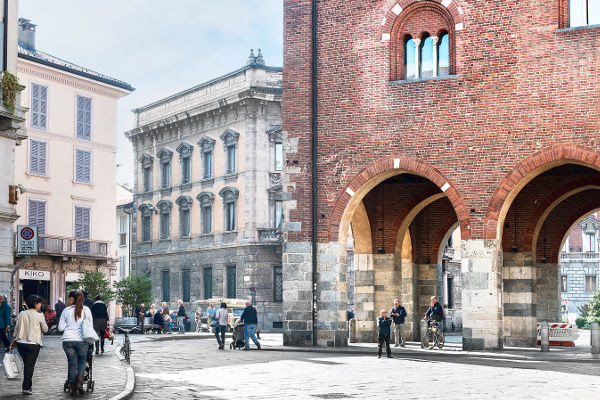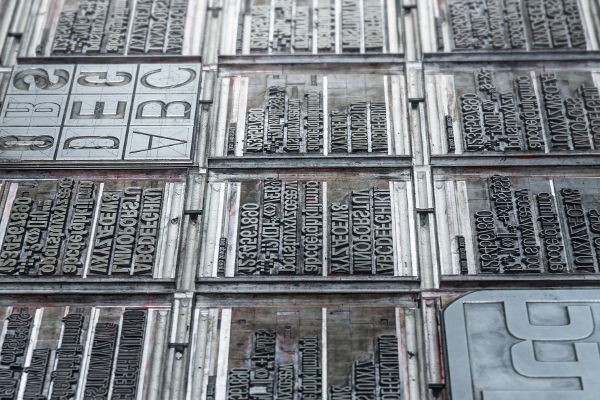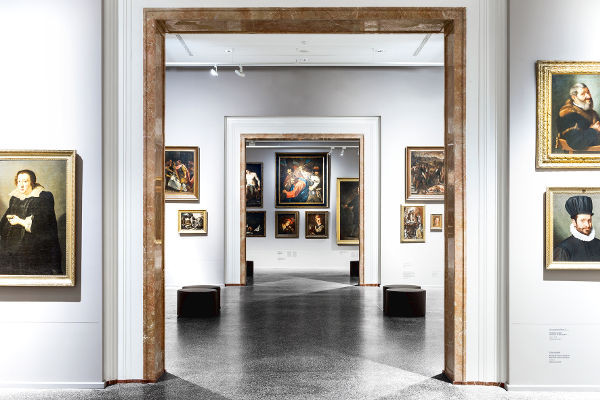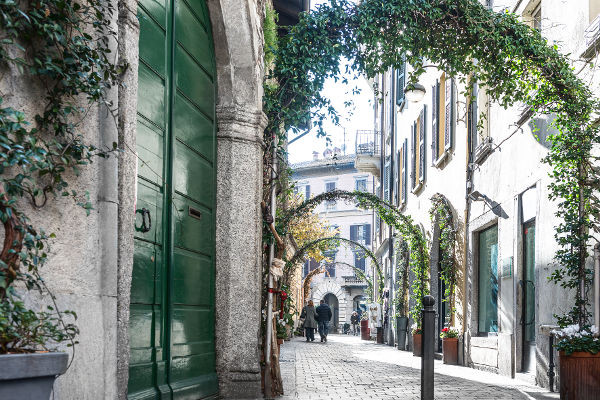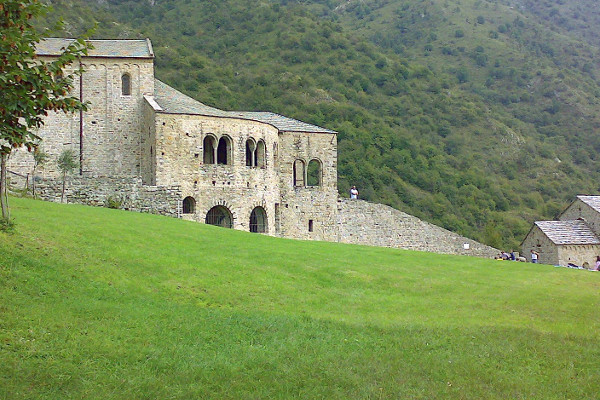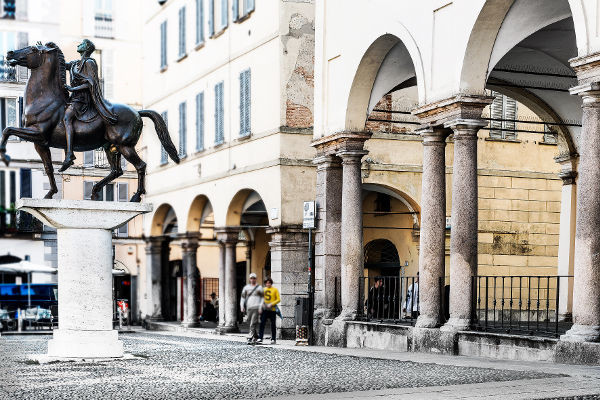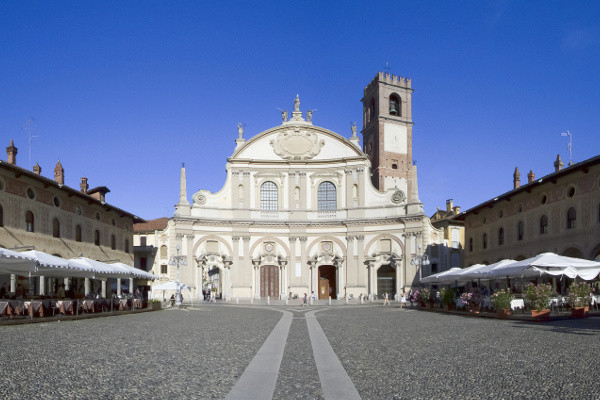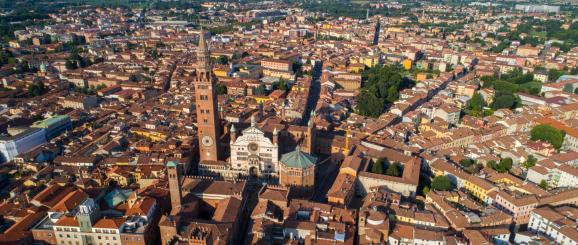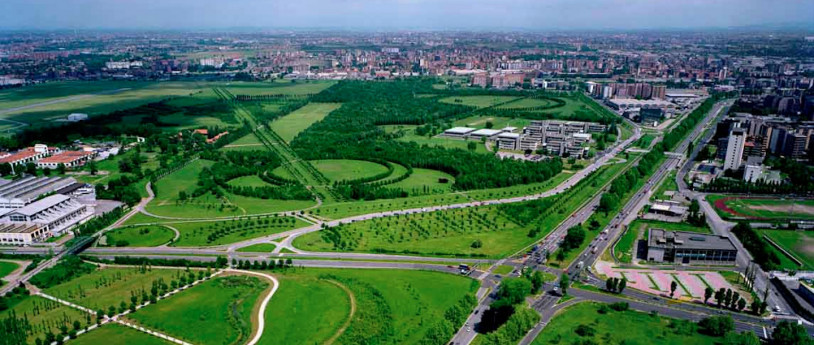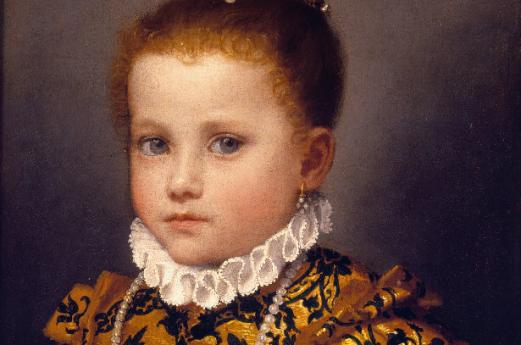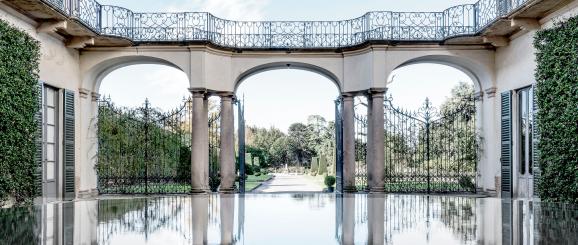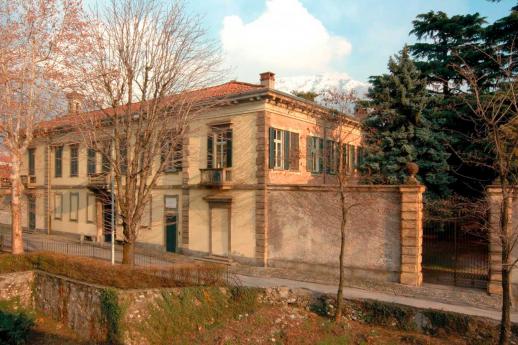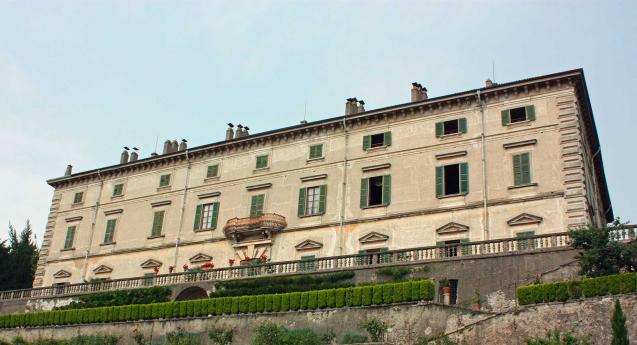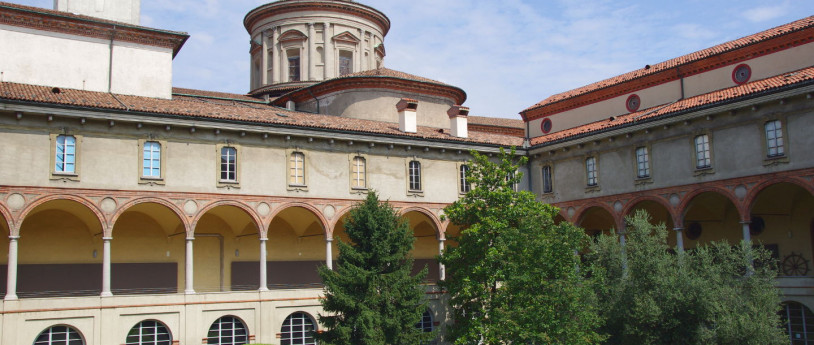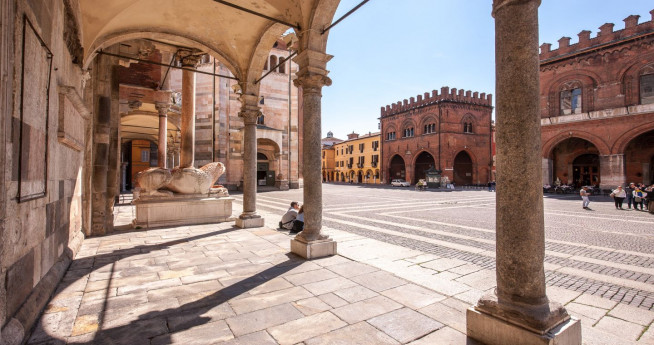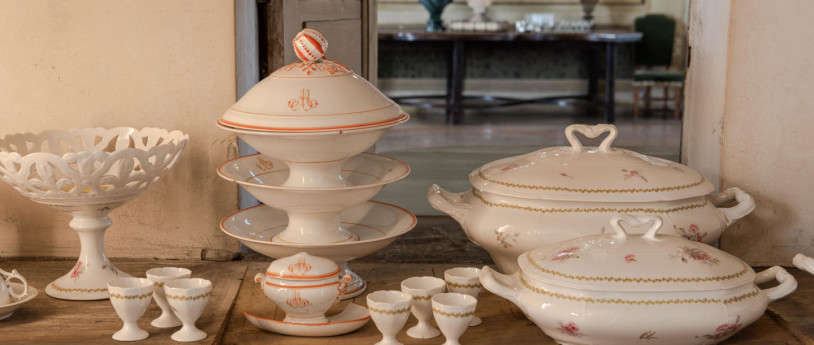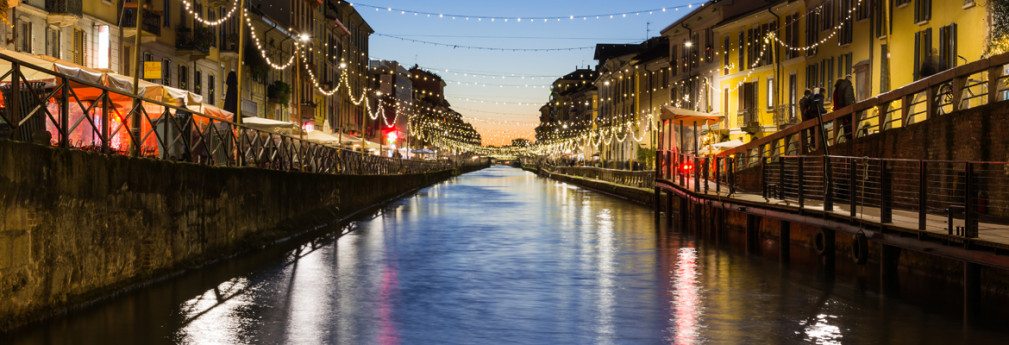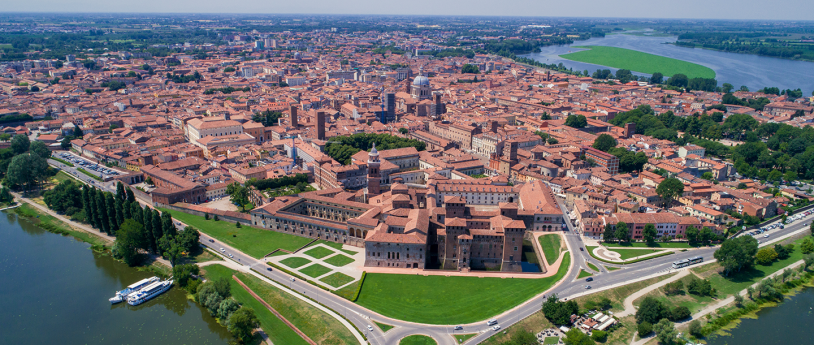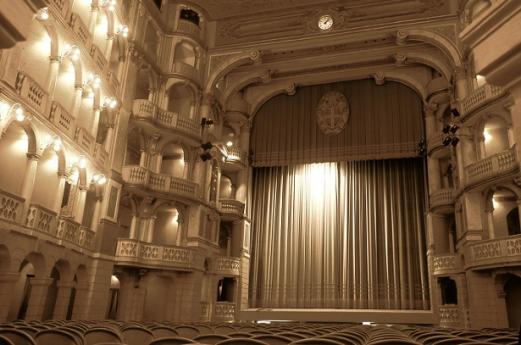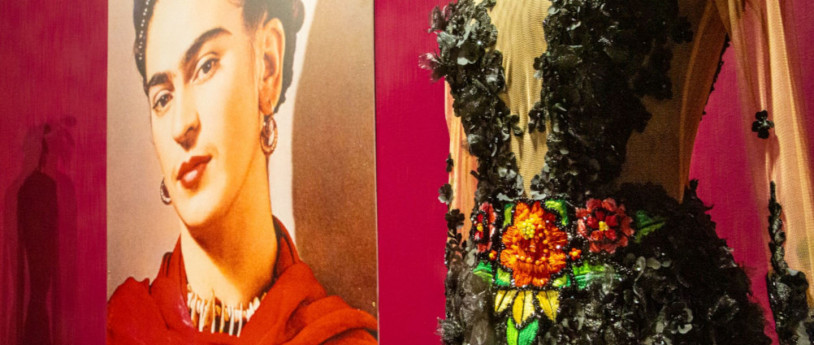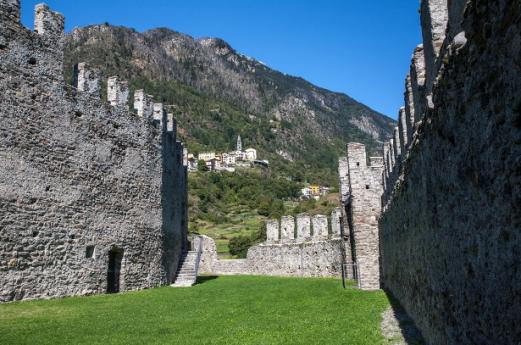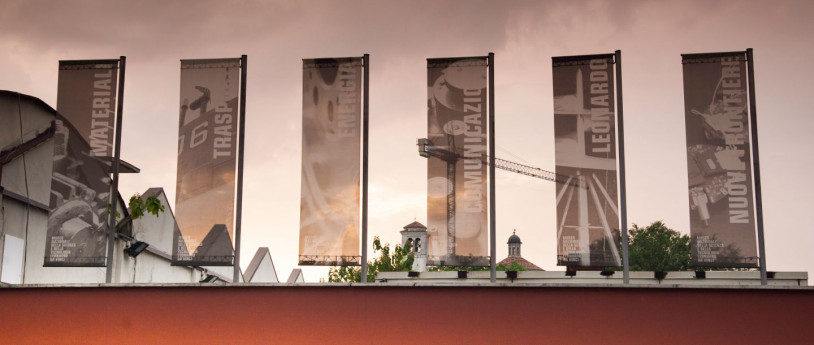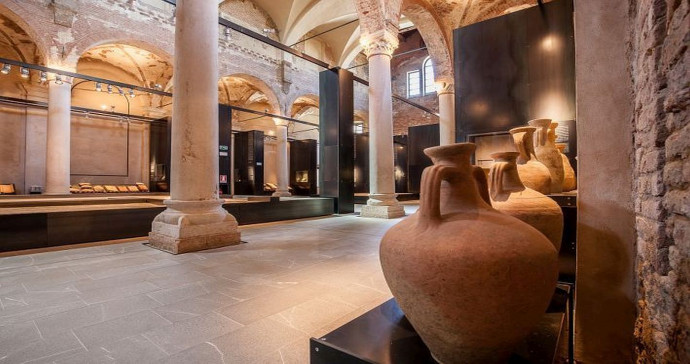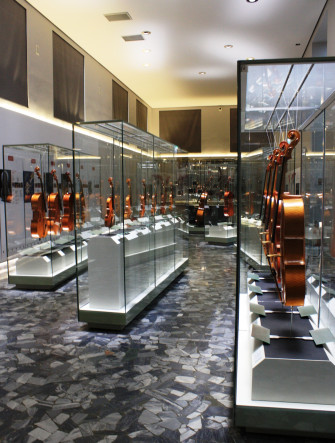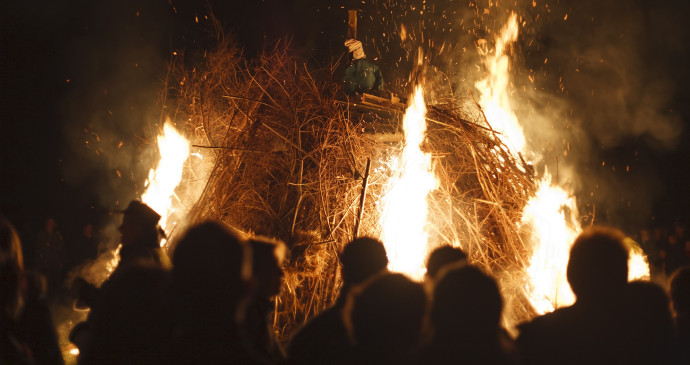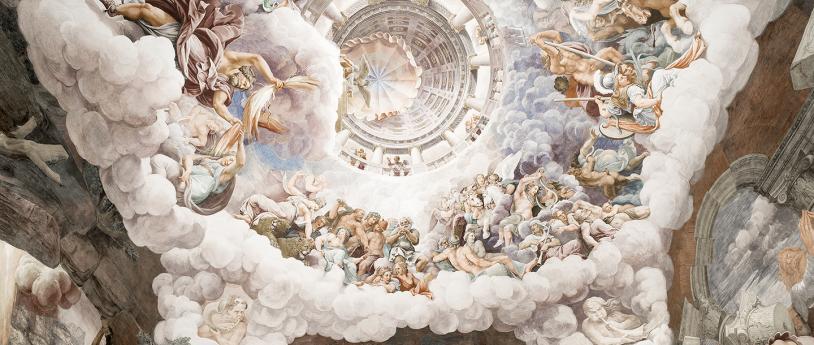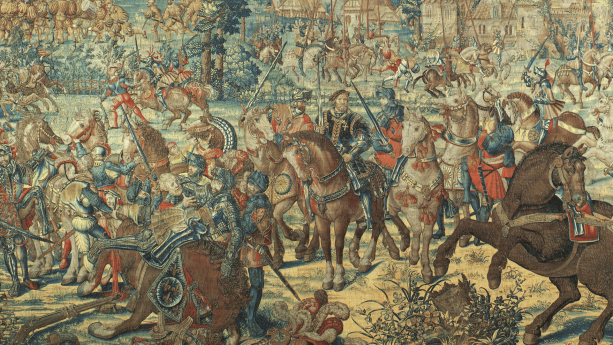- Art & Culture
7 art capitals an hour away by train from Milan
Outstanding masterpieces, silk scarves, typographic fonts and Romanesque monasteries. You can reach seven unmissable centres of art in under an hour by train from Milan Hopefully the following tips will whet your appetite.
1. In Monza with Francesco Hayez
Visitors go to Monza’s Musei Civici (partly) to meet a famous girl, “Portrait of a young woman”, by the Venetian painter Francesco Hayez, a member of the Brera Academy who spearheaded the Italian pictorial romanticism movement. The young woman turning toward the observer with a hint of a smile is said to be Carolina Zucchi, daughter of the accountant who hosted Hayez when he stayed in Milan, with whom he embarked on a passionate love affair. The result? A superb painting that represents the pinnacle of the artist’s portraiture output.
Read more
2. Lodi in the age of lead
The histories of paper, art and ink are inseparable at the Printing Museum set up by Andrea Schiavi in Lodi. How did we get from lead to the Internet? The museum, set up in June 2008 in an old printing house, is full of drawers containing lead and wood characters, wooden presses and cast-iron presses. The museum even has a model of the press that Gutenberg used in 1455 to print a copy of the Bible, the first book in the world. A wonderful opportunity to give full rein to your inner nerd.
Read more
3. Bergamo through five centuries of art
After years of restoration, the Accademia Carrara in Bergamo, dating from 1794, is one of the most popular museums in Italy. A visit is equivalent to journeying through five centuries of Italian art represented by the 600 works exhibited in 28 rooms. A suggestion? Succumb to the charm of Raphael’s “St Sebastian” and Giovan Battista Moroni’s “Portrait of a child in the house of Redetti”. On Wednesdays and Saturdays, you can watch restoration work on Mantegna’s “Resurrection”. Or this year’s exhibition, entitled “Stories of Botticelli between Boston and Bergamo”.
Read more
4. Luxuriate in silk in Como
Como's educational silk museum is one of a kind. As you walk through its 12 rooms you will learn that silk production dates back to the 15th century but the local area did not ring to the sound of twisting and spinning until the Industrial Revolution between the 18th century and the first half of the 19th century. The museum traces the entire production chain from silkworm cultivation to finishing, with a collection including textile machines and historical artefacts. The collection is a stopping-off point on the Como silk trail that includes the historical silk making Institute and the Fabric Study Museum, with its collection of ancient fabrics owned by the Ratti Foundation.
Read more
5. From Lecco, looking for a hidden treasure
Make sure you’ve got the right footwear and a full water bottle. We’re off to discover a Romanic gem, the abbey of San Pietro al Monte in Civate, outside Lecco. Take the train from Milan to Civate and then set off on foot from Via Cerscera. It will take you one hour to hike the old track to the Abbey of San Pietro al Monte at an altitude of 630 m. This pearl is set in a green and sloping clearing among chestnut woods. When the monks built their home, they were obviously concerned as much about beauty as security. They had the whole mountain to choose from but opted for the most beautiful place: south-facing with a view of the lakes.
Read more
6. In Pavia with Antonello
A tête-à-tête with Antonello da Messina, known to his contemporaries as Antonio di Giovanni de Antonio, a 15th century painter inspired by great Flemish art. Pavia’s Musei Civici, housed in Castello Visconteo since the end of World War II, houses a “Portrait of a man” attributed to the artist. This oil painting on a panel shows an enigmatic face, the head slightly turned on its shoulders, as though craning to engage with the spectator. Are you ready to start a conversation?
Read more
7. In Vigevano for listening to the Piazza
Arturo Toscanini asked to be taken to Vigevano to “listen” to the Piazza Ducale, which the great master believed to be a musical symphony. He was right, the square in Vigevano is a miracle of harmony. When he had the square built, the intention of Ludovico the Moor, Lord of the Duchy of Milan was to give Vigevano the dignity of a city. The almost perfectly rectangular porticoed square opens at the foot of the Castle Hill, its facades adorned with paintings. The Tower at the highest point of the city was redesigned by Bramante and later portrayed in a famous drawing by Leonardo. Want some advice? Take your headphones, turn up the recording of Falstaff conducted by Toscanini on Spotify, and enjoy.
Read more
